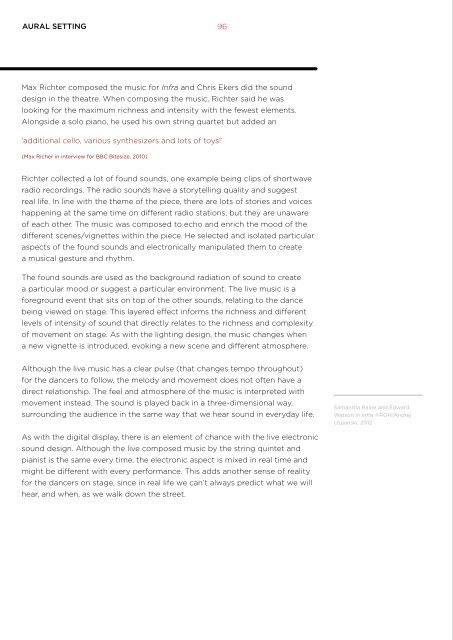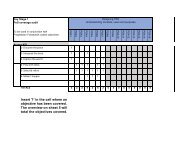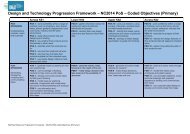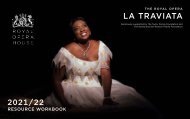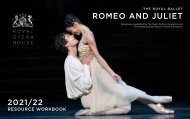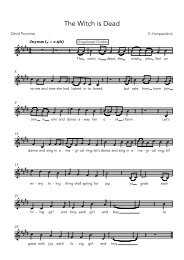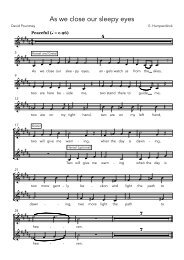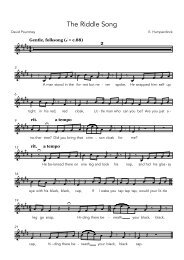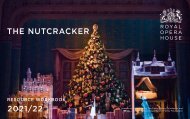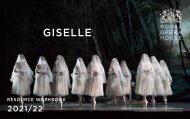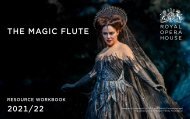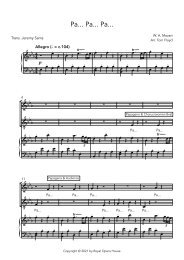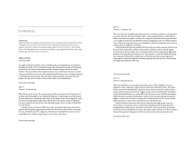Infra E-resource pack 2018
You also want an ePaper? Increase the reach of your titles
YUMPU automatically turns print PDFs into web optimized ePapers that Google loves.
AURAL SETTING<br />
96<br />
Max Richter composed the music for <strong>Infra</strong> and Chris Ekers did the sound<br />
design in the theatre. When composing the music, Richter said he was<br />
looking for the maximum richness and intensity with the fewest elements.<br />
Alongside a solo piano, he used his own string quartet but added an<br />
‘additional cello, various synthesizers and lots of toys!’<br />
(Max Richer in interview for BBC Bitesize, 2010)<br />
Richter collected a lot of found sounds, one example being clips of shortwave<br />
radio recordings. The radio sounds have a storytelling quality and suggest<br />
real life. In line with the theme of the piece, there are lots of stories and voices<br />
happening at the same time on different radio stations, but they are unaware<br />
of each other. The music was composed to echo and enrich the mood of the<br />
different scenes/vignettes within the piece. He selected and isolated particular<br />
aspects of the found sounds and electronically manipulated them to create<br />
a musical gesture and rhythm.<br />
The found sounds are used as the background radiation of sound to create<br />
a particular mood or suggest a particular environment. The live music is a<br />
foreground event that sits on top of the other sounds, relating to the dance<br />
being viewed on stage. This layered effect informs the richness and different<br />
levels of intensity of sound that directly relates to the richness and complexity<br />
of movement on stage. As with the lighting design, the music changes when<br />
a new vignette is introduced, evoking a new scene and different atmosphere.<br />
Although the live music has a clear pulse (that changes tempo throughout)<br />
for the dancers to follow, the melody and movement does not often have a<br />
direct relationship. The feel and atmosphere of the music is interpreted with<br />
movement instead. The sound is played back in a three-dimensional way,<br />
surrounding the audience in the same way that we hear sound in everyday life.<br />
Samantha Raine and Edward<br />
Watson in <strong>Infra</strong> ©ROH/Andrej<br />
Uspenski, 2012<br />
As with the digital display, there is an element of chance with the live electronic<br />
sound design. Although the live composed music by the string quintet and<br />
pianist is the same every time, the electronic aspect is mixed in real time and<br />
might be different with every performance. This adds another sense of reality<br />
for the dancers on stage, since in real life we can’t always predict what we will<br />
hear, and when, as we walk down the street.


